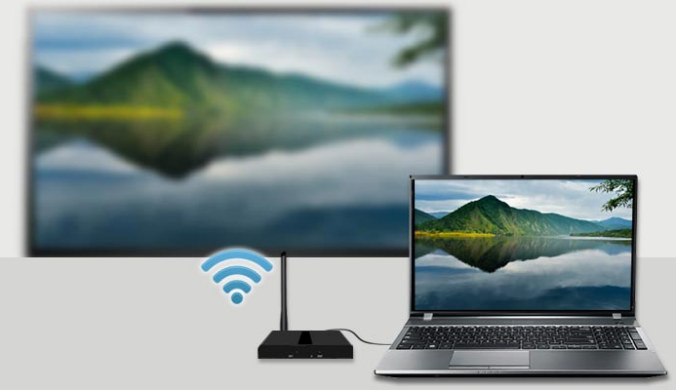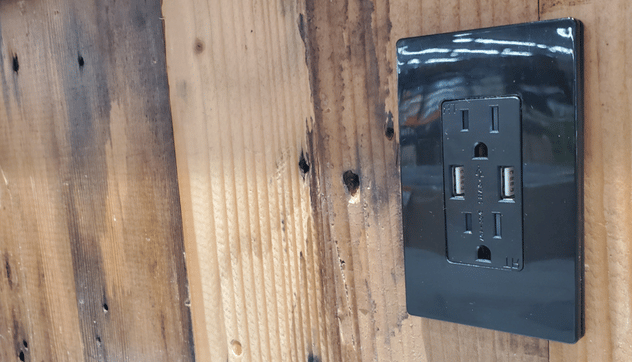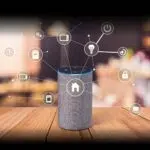Smart Home Day, observed on November 3 every year, focuses on the technology behind the smart home which is one equipped with and controlled by the use of a home automation system. This form of mechanization monitors and controls aspects of the house such as lighting, temperature, and appliances. Smart homes typically also include home security such as access control, remote monitoring, and alarm systems.
History of Smart Home Day
The earliest form of home automation was labor-saving machines. As time advanced, self-contained/ self-powered electric devices, as well as gas-powered home appliances, became a regular feature. This development began in the 1900s with the introduction of electric power distribution, further birthing the invention and commercialization of appliances such as washing machines, water heaters, and refrigerators, among others.
The year 1975 saw the introduction and development of the first general-purpose home automation network technology, known as the X10. The X10 is a communication protocol for electronic devices, which uses power transmission wiring for signaling and general control, with signals comprising radio frequency spasms of digital data. In 1978, three years after its launch, X10 products came with 16-channel command consoles and an appliance module.
In 2011, tech giant Microsoft Research discovered that the innovation of home automation could be limited in relevance by the high cost of ownership, a lack of flexibility of interconnected devices, and poor manageability. Since this information was made public, designers and engineers now take factors such as scalability, how well the devices can be monitored and controlled, ease of installation and use for the consumer, affordability, speed, security, and ability to diagnose issues when building modern home automation systems.
As of 2012, an A.B.I. research report stated that the United States had recorded 1.5 million installations of home automation systems.
Smart Home Day timeline
From 1901, there is a boom in the invention and development of home appliances such as washing machines, dishwashers, and the like.
In 1991, gerontechnology, a means of using technology to enhance everyday living for older people, is introduced.
In 1998, everyone begins to catch on and smart homes become more popular and in demand.
The Nest Learning thermostat, which is the genesis of modern smart home technology, is launched in 2011.
Smart Home Day FAQs
When is Smart Home Day?
Smart Home Day, an international holiday for celebrating the innovation of home automation, is
on November 3 every year.
Are smart homes affordable?
Smart homes, though initially a luxury when they first became popular, are now more affordable than they used to be.
What are the benefits of home automation?
Comfort and security are the key reasons why people upgrade to smart homes. The other benefits that the homeowner gets to enjoy are convenience, remote access, savings, and peace of mind.
Smart Home Day Activities
Do some research
The main technology behind how smart homes work is the internet of things (I.o.T.). You can do yourself a favor by reading up on it so that you can stay up to date.
Join the social media trend
Be sure to join in the conversation on social media. Post engaging content using the #SmartHomesDay hashtag.
Relax and have some fun
If you own a smart home, then Smart Home Day is a great way for you to kick back and let your fully automated home appliances do everything for you. Modern technology is there to make life easier for us.
5 Facts About Home Automation
Home automation is cost effective
While it might be pricy to install, home automation saves costs in the long run by cutting down on monthly expenses.
One of the biggest smart home manufacturers
With hundreds of billions of dollars, the electronic company Samsung is one of the biggest manufacturers of smart home appliances.
Security is better guaranteed
It’s been proven that smart homes with automated home security enhancements are more likely to ward off invaders and burglars than homes without.
Lighting control is most frequently used
Lighting control is the most frequently used smart home feature.
The most popular smart home device
Amazon Echo is the most popular smart home device with hundreds of millions of units sold.
Why We Love Smart Home Day
Full control
Having a smart home allows you to completely manage the functions of your home. We think this is a good enough reason to be a fan.
Better security
Smart homes are safer than regular homes. You get to see and or hear whenever there’s an intrusion on your property whether you’re there or not.
Less stress
Having a fully automated home with appliances that do practically all the work for us saves us the time and energy of having to do the chores ourselves. Welcome to the 21st century!
Smart Home Day dates
| Year | Date | Day |
|---|---|---|
| 2025 | November 3 | Monday |
| 2026 | November 3 | Tuesday |
| 2027 | November 3 | Wednesday |
| 2028 | November 3 | Friday |
| 2029 | November 3 | Saturday |























